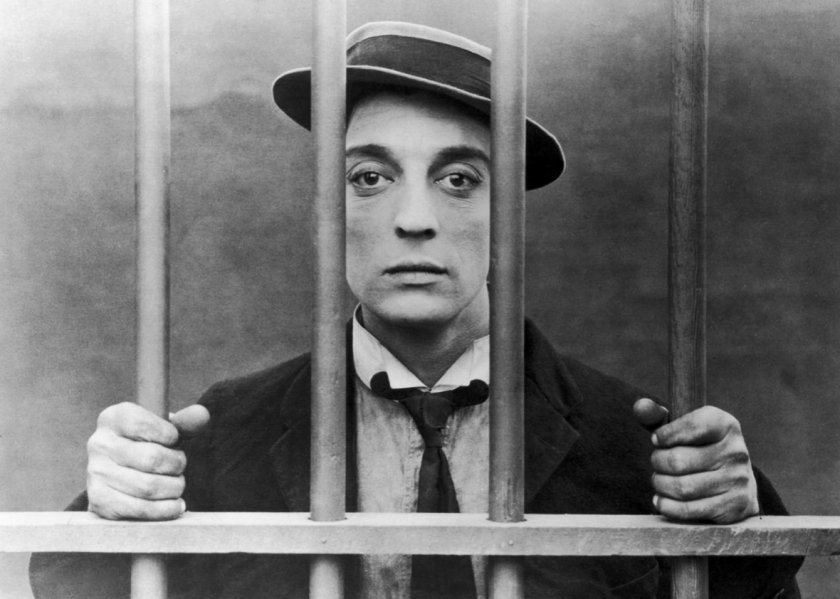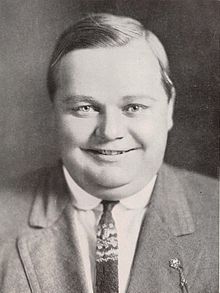Buster Keaton, real name Joseph Frank Keaton, was an American actor, comedian, film director, producer, screenwriter, and stunt performer. He was born on October 4th 1895 in Kansas and died on February 1st 1966 in Los Angles, aged 70. He is most well-known for his work during the silent film era from 1920 to 1929, creating some of the most influential work in comedy films of all time.
Buster’s parents, Myra Keaton and Joseph Hallie “Joe” Keaton, were vaudeville stage performers. At the age of 3, in 1899, Buster joined his parents on stage and they had a comedy act called ‘The Three Keatons’ with Busters first appearance on stage being in Wilmington, Delaware. The main routine would be that Buster and his father would argue on stage and then his father would proceed to throw Buster against the surroundings, including the audience in some cases. By doing this a lot, Buster learned how to not be injured during his stunts.

Buster Keaton in his 1921 film ‘The Goat’
One of his trademarks was his deadpan expression, as he believed that the audience would find his work more funny if he concealed the fact that he found his jokes funny. This expression earned him the nickname “The Great Stone Face”.
Roscoe “Fatty” Arbuckle, in 1916
In the February of 1917, Buster met a man called Roscoe “Fatty” Arbuckle at the Talmadge Studios in New York City. When they met, Buster asked Arbuckle if he could borrow a camera so he could get a feel for how it worked and its mechanics. Buster was hired as a co-star and gag man, with his first appearance being in ‘The Butcher Boy’ in 1917. Buster appeared in 14 of Arbuckle’s shorts, going into 1920. His trademark stone face was not present at this point in his career and was developed later on. Buster stared in his first feature length film in 1920, titled ‘The Saphead’.
After Keaton finished working with Arbuckle, he got his own production unit called ‘Buster Keaton Productions’. Buster made a series of two-reel comedies, including ‘One Week’ (1920), ‘Cops’ (1922) and ‘The Playhouse’ (1921), before moving on to full-length features. Keatons most notable features include ‘Steamboat Bill, Jr.’ (1928), ‘Our Hospitality’ (1923), ‘The Navigator’ (1924) and ‘The General’ (1926).
